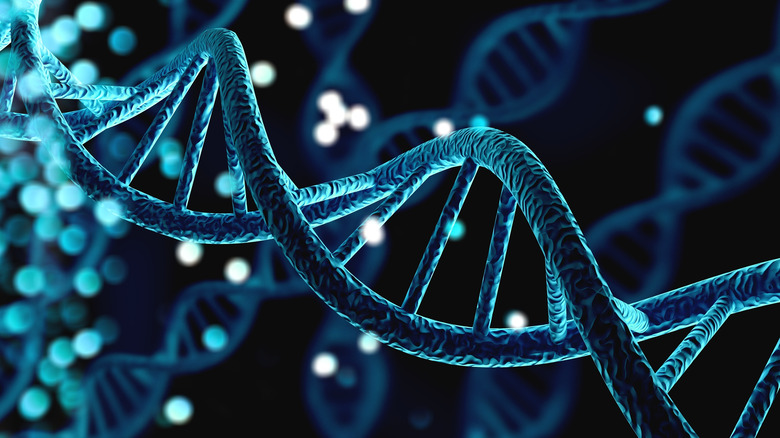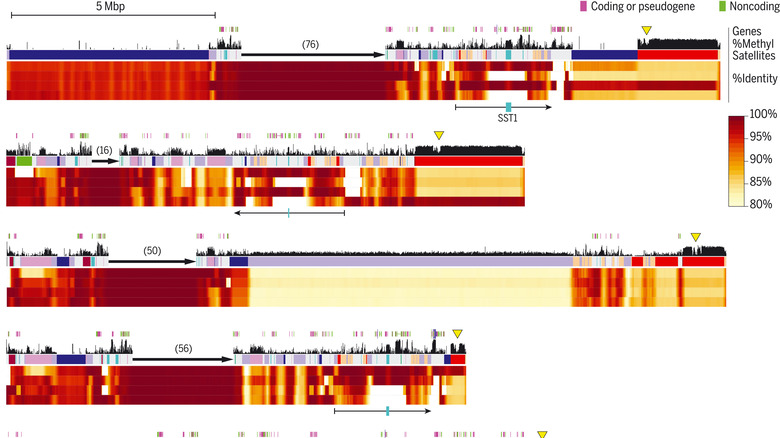Scientists Decode Entire Human Genome: Why This Matters
It took more than 20 years, but scientists have finally decoded the entire human genome. A new study published in Science reveals what the 8% of the human genome that was missing looks like. Scientists celebrated the finding, noting they now have a complete look at the information that may be used for breakthroughs in human health.
A team led by researchers from the NIH's National Human Genome Research Institute (NHGRI), the University of California – Santa Cruz, and the University of Washington, conducted the work as the Telomere to Telomere (T2T) consortium.
As explained by News Medical Life Science, despite human DNA having first been isolated in 1869, true advancements in genomics did not begin until the 1970s, making the field a relatively new discipline. In 1990, the Human Genome Project (HGP), dubbed as one of the greatest exploration feats in history, took on the challenge of decoding the human genome. An international team of researchers began sequencing and mapping more than 3 billion DNA letters. By 2003, the map was "concluded," but it was not complete.
The complete sequence
The new paper, which is titled "The complete sequence of a human genome," explains the genome released in the year 2000 covered only the euchromatic fraction of the genome, and left important heterochromatic regions unfinished. The difference between euchromatic and heterochromatic regions is that the first is lightly packed and accessible for transcription, while the other is heavily compressed and difficult to transcribe.
"It turns out that these genes are incredibly important for adaptation," Evan Eichler, a Howard Hughes Medical Institute investigator at the University of Washington and research leader of the study says (via CNN). "They contain immune response genes that help us to adapt and survive infections and plagues and viruses. They contain genes that are ... very important in terms of predicting drug response."
Scientists revealed that by addressing the heterochromatic regions, the map now has 3.055-billion base-pair sequences. These include the gaps in assemblies for all chromosomes except Y and about 200 million new base pairs of sequences introduced. The study also corrected errors in prior references. According to the paper, the complete map unlocks "complex regions of the genome to variational and functional studies".
The future of healthcare
The new information presented by the study is valuable because it reveals variations in human genomics and how DNA differs between people. This is particularly vital to understand the role genetic differences play in certain diseases. The team envisions using genome sequence as a routine treatment in the clinical care of the future.
"Ever since we had the first draft human genome sequence, determining the exact sequence of complex genomic regions has been challenging," Eichler says. "I am thrilled that we got the job done. The complete blueprint is going to revolutionize the way we think about human genomic variation, disease, and evolution."
"Truly finishing the human genome sequence was like putting on a new pair of glasses. Now that we can clearly see everything, we are one step closer to understanding what it all means," Adam Phillippy, Ph.D. and co-chair of the consortium, says.


